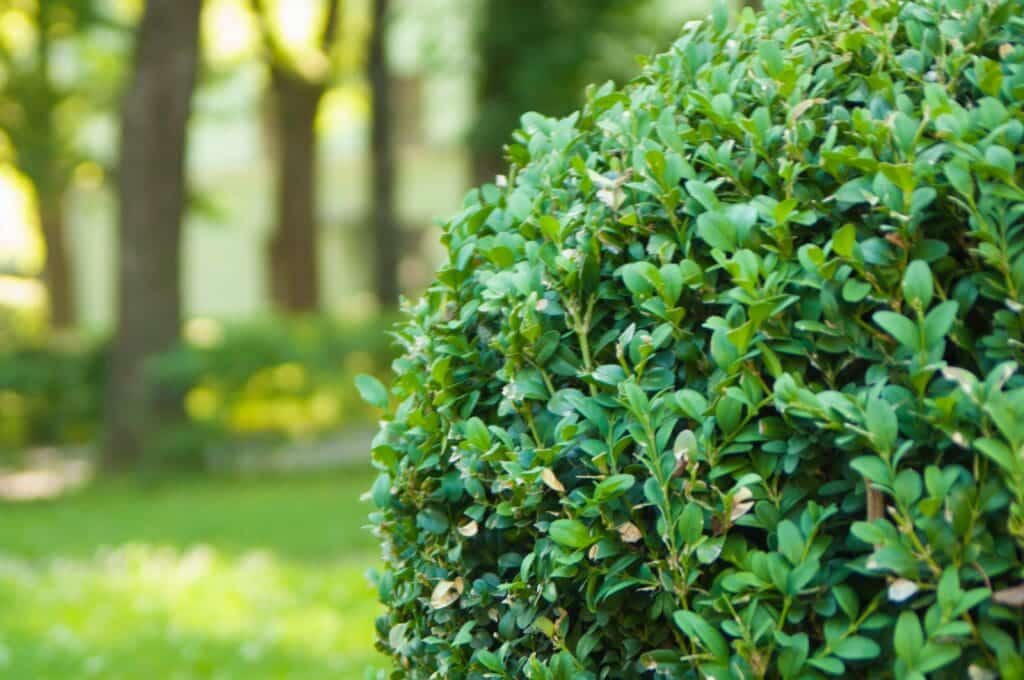Pruning is one of those essential practices in horticulture that sometimes gets overlooked. Yet, it plays a crucial role in maintaining the health, beauty, and productivity of our plants. Whether you’re a seasoned gardener or just starting your green journey, understanding the different forms of pruning can make a significant difference in your garden’s vitality.
What is Pruning?
Pruning involves cutting away dead or overgrown branches or stems to encourage growth and create a better-shaped and healthier plant. While roses and fruit trees often come to mind, most plants benefit from some form of pruning or trimming. By learning the various techniques, you can ensure your plants are well-looked-after and pleasing to the eye.
Different Forms of Pruning
Let’s delve into the various types of pruning and understand how each benefits our plants:
Seasonal Pruning
Seasonal pruning is vital for plants like roses, fruit trees, and spring-flowering shrubs. This type of pruning removes dead wood, broken branches, and old flower or seed heads. It also involves shaping and thinning the crown of the plant. For deciduous shrubs and trees, this pruning typically occurs after flowering.
Roses need particular attention. With five types—hybrid tea, floribunda, climbing, miniature/dwarf, and species roses—each requires a unique approach:
- Hybrid Tea Roses: Pruned to develop large flowers on single stems.
- Other Rose Types: Pruned lightly to ensure large clusters of flowers.
Crown Thinning
Crown thinning reduces the number of branches in a tree’s crown, improving airflow and reducing shade. This practice helps plants and lawns below the tree to thrive. Deadwood in the tree’s scaffold is also removed, enhancing the tree’s overall health and appearance.
Crown Reduction
Crown reduction decreases the height and spread of a tree or shrub. This is done to promote the growth of neighboring plants and prevent the tree from obstructing views or sunlight. It’s a strategic way to manage space and light in your garden.
The Artistic Touch: Topiary
Topiary is the art of shaping perennial plants into defined forms, whether geometric or fanciful. This practice transforms plants into living sculptures, adding a unique aesthetic to gardens. The term ‘topiary’ comes from the Latin word for an ornamental landscape, reflecting its decorative nature.
The Unseen Pruners: Delivery Trucks
While qualified gardeners meticulously prune plants, there’s an unintentional form of pruning happening on our roads. Delivery trucks often “trim” trees along road verges, creating unintended yet now familiar shapes in our urban landscapes. These unqualified pruners add an unplanned touch to the environment, reminding us of the diverse impacts on plant life.
Conclusion
Pruning is an essential part of plant management, enhancing both the health and beauty of our gardens. Whether it’s the seasonal care of roses, the strategic thinning and reduction of tree crowns, or the artistic flair of topiary, each form of pruning has its unique benefits. By understanding and applying these practices, we can create vibrant, healthy, and visually appealing landscapes. So, grab your shears and embrace the art and science of pruning—your plants will thank you!
